Pauper Battlebox: Everything You Need to Know
 If you’ve been in the loop of Pauper for a while, you may have heard the term “Battlebox” and wondered—what exactly is that? Well, today we’re diving into what a Pauper Battlebox is, why it’s such a great tool for casual and competitive play, and how you can build one of your own without breaking the bank. Let's dive right into it.
If you’ve been in the loop of Pauper for a while, you may have heard the term “Battlebox” and wondered—what exactly is that? Well, today we’re diving into what a Pauper Battlebox is, why it’s such a great tool for casual and competitive play, and how you can build one of your own without breaking the bank. Let's dive right into it.
Table of Contents
What Is a Pauper Battlebox?
A Pauper Battlebox is a curated collection of Pauper-legal Magic: The Gathering decks that are ready to play right out of the box. While it’s mostly designed for casual games with friends, especially when you don’t want to carry your whole collection around, it can also serve as a collection to test for competitive tournaments. Since Pauper decks are way cheaper than other Eternal format counterparts, and even standard decks, Pauper players tend to build tons of them for the same cost as one other deck from another format. Think of it as your go-to MTG kit for low-cost, high-replay value fun.
Why Build a Pauper Battlebox?
Building a Pauper Battlebox is a great way to get the most fun out of Magic without breaking the bank. Because Pauper decks use only commons, they’re incredibly affordable—meaning you can build a whole collection of diverse, ready-to-play decks for the cost of just one deck in other formats. It’s perfect for casual play, teaching new players, or testing ideas for tournaments.
How to Build a Pauper Battlebox
To build a Pauper Battlebox, start by choosing a set of Pauper-legal decks—usually 4 to 10—that are fun, balanced, and showcase different strategies like aggro, control, midrange, or combo. Try to avoid overlap in colors and playstyles to keep matchups fresh. Then, sleeve them up, store them in a sturdy box, and you’re ready for fast, low-maintenance games wherever you go.
How Many Decks Should You Include?
Most Pauper Battleboxes include between 4 and 10 decks, depending on how many players you want to support and how much variety you’re aiming for. Four decks are a great starting point for quick two-player games or small gatherings, while 6 to 8 gives you enough options for rotation and replayability. If you want to go all out, 10 or more decks can turn your Battlebox into a full-blown mini format that keeps things fresh every game night.
In my recommendation, I would build and carry four as there are products already out there that can help you accomplish that for an affordable price, which we will review in a few, but first, let’s take a look at a couple of decks that you can use as a starting base.
Budgeting Tips and Card Selection
When building a Pauper Battlebox on a budget, focus on picking decks that rely on commons available in bulk or through reprints. Avoid chasing high-demand staples all at once—instead, prioritize cards that show up in multiple archetypes, like removal spells or mana-fixing lands. Start with lower-power decks to keep things balanced and upgrade slowly over time. Sites like Scryfall or TCGPlayer can help you find affordable lists, and trading with friends is a great way to fill in gaps without spending more.
Sample Pauper Battlebox Decklists
Burn
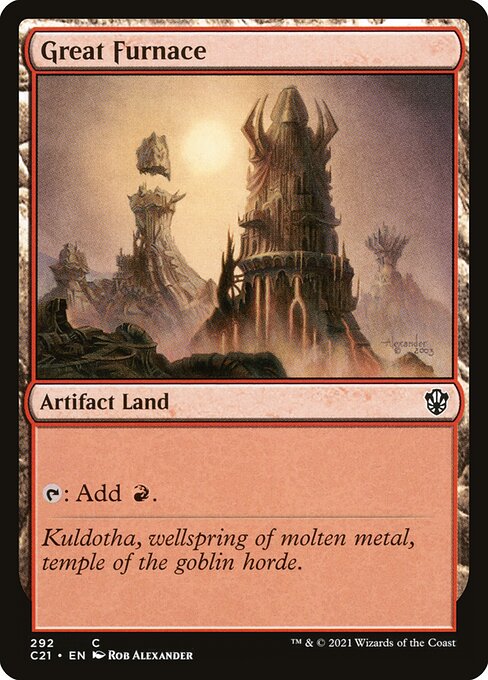


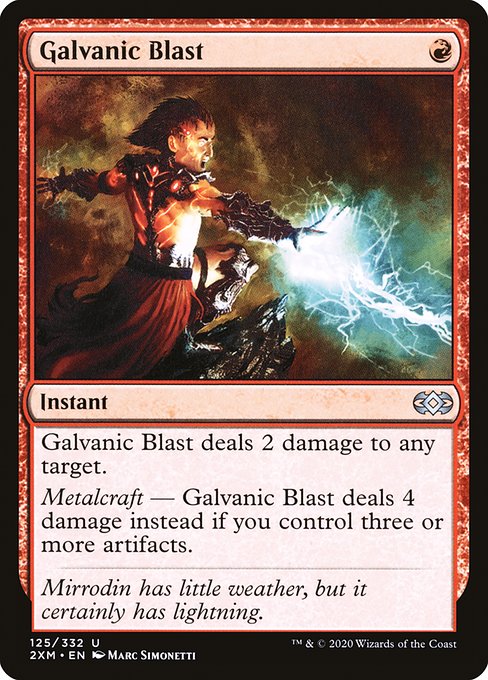

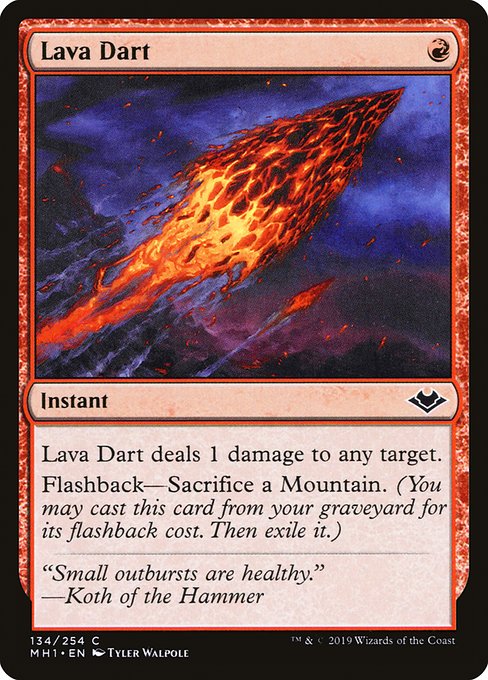


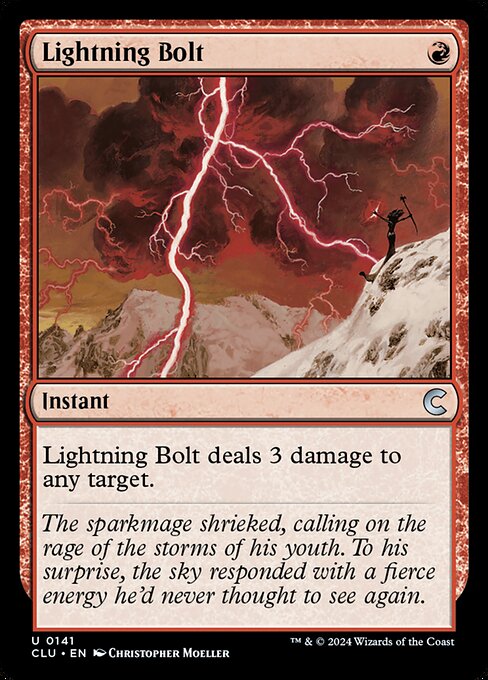
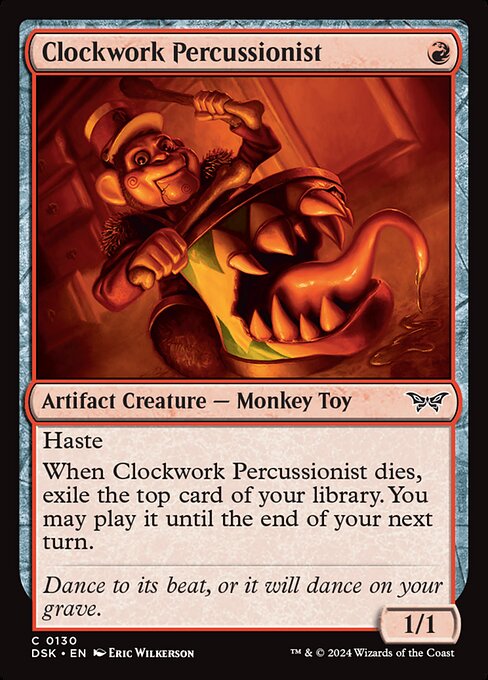

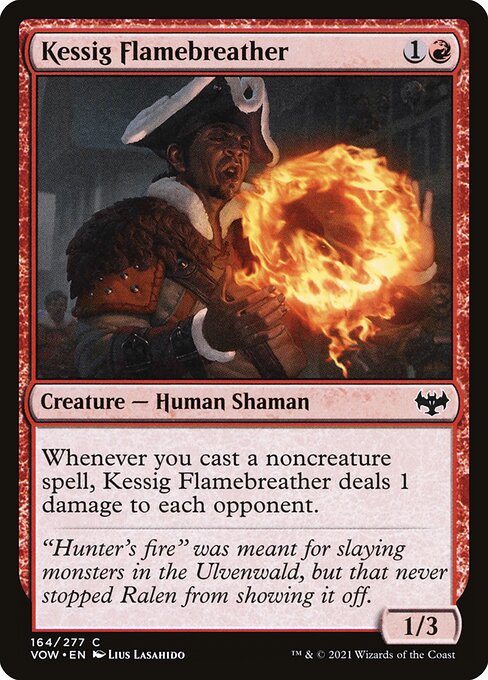
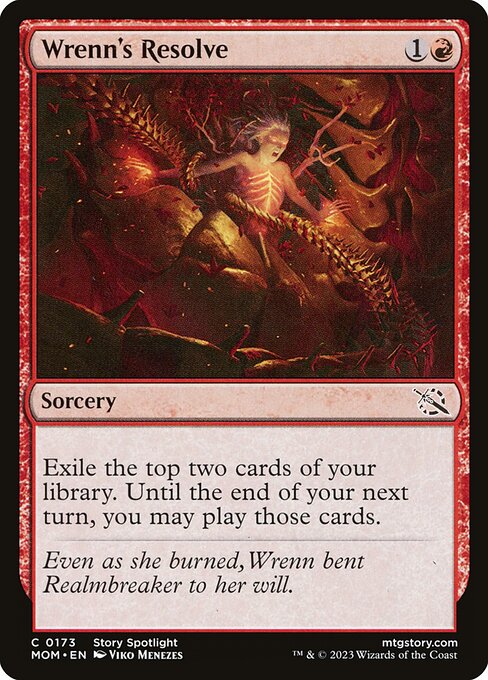
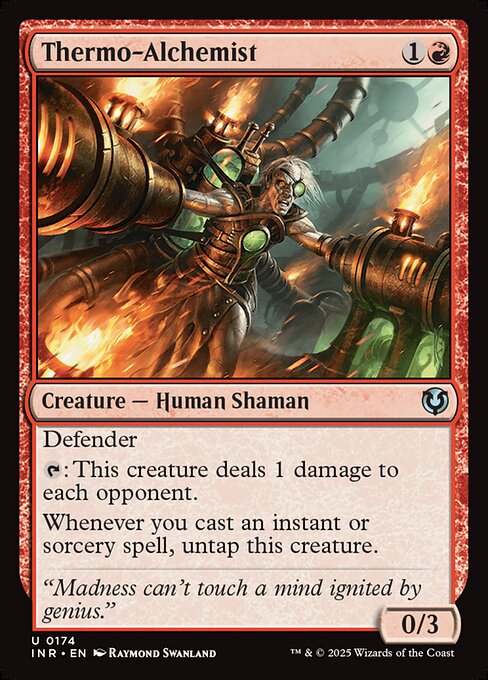
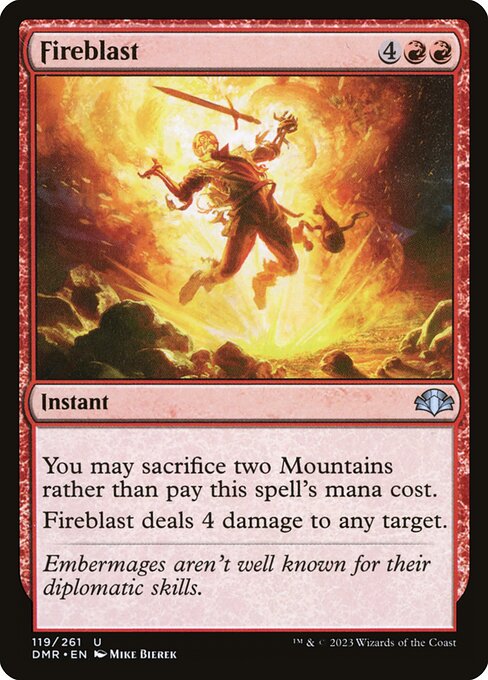
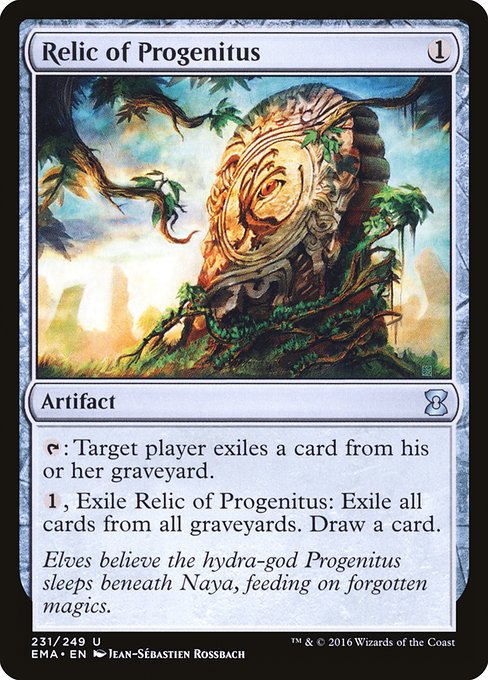
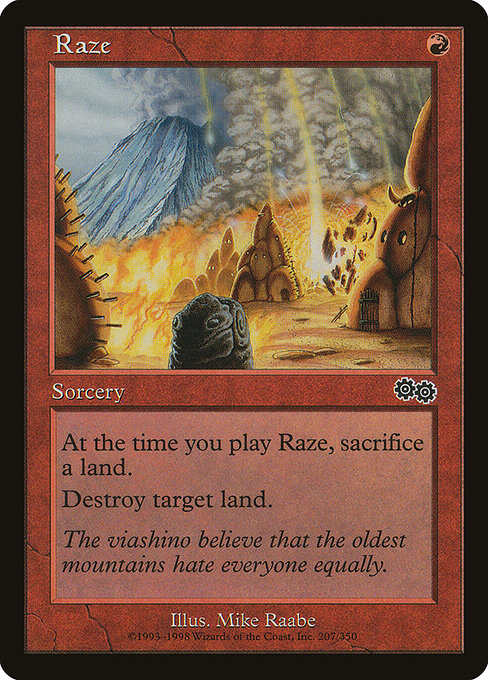
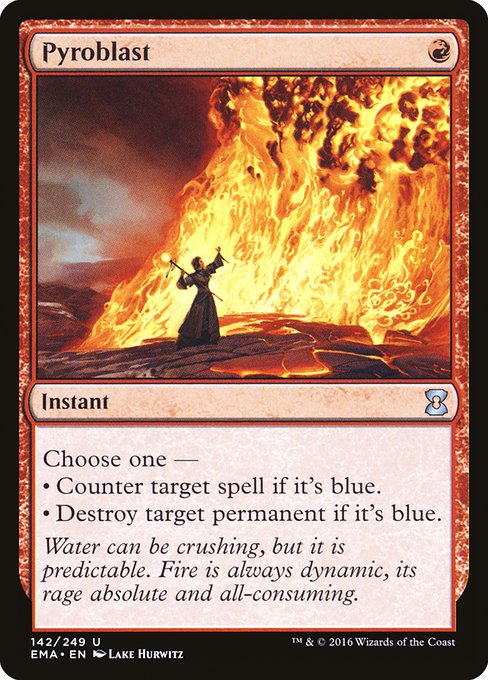


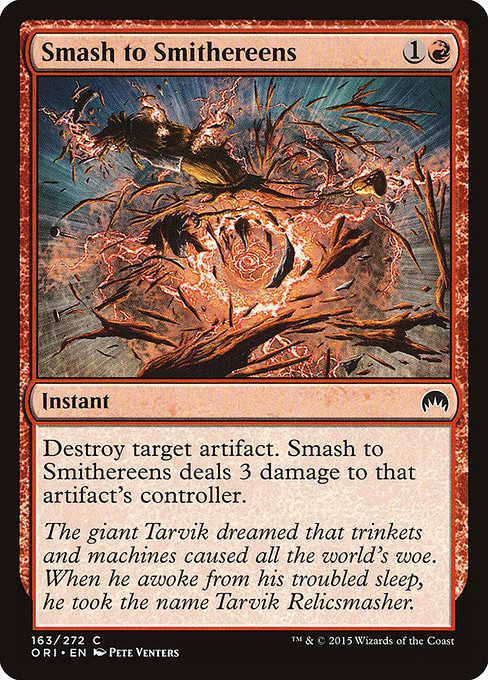
Burn is a fast, aggressive red deck that aims to reduce your opponent’s life total to zero using a barrage of direct damage spells. It’s easy to pick up, hard to master, and perfect for players who love quick wins.
Mono-Blue Terror


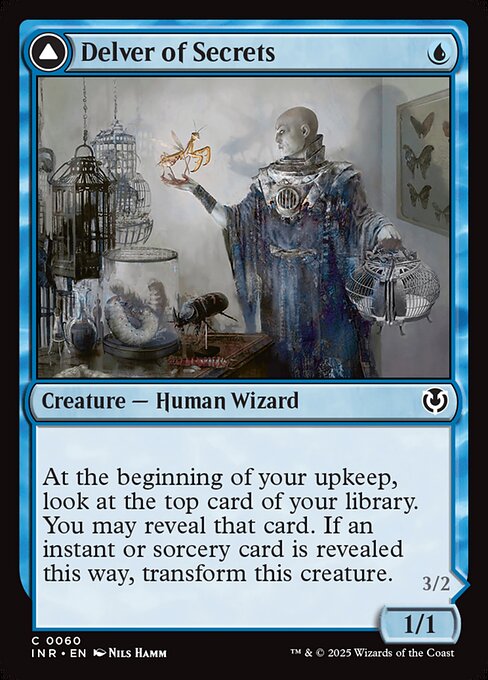
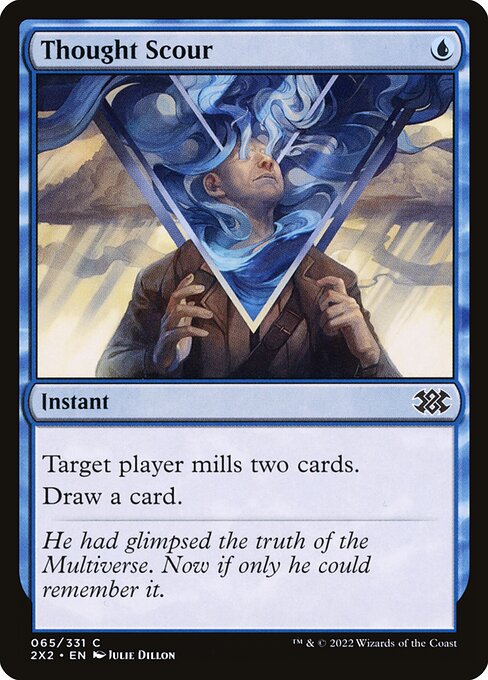
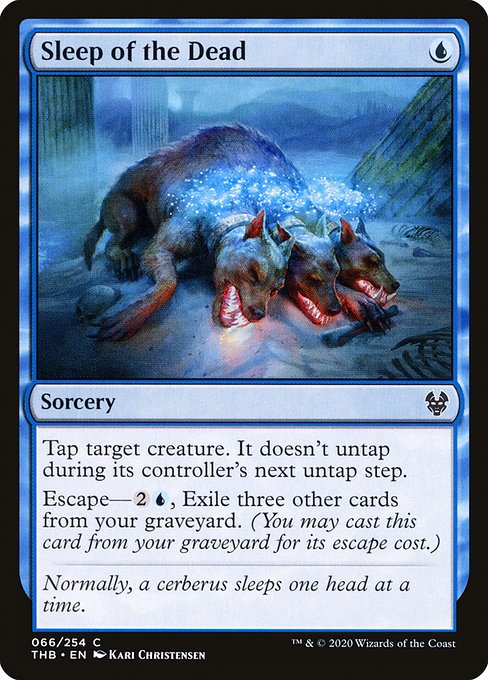
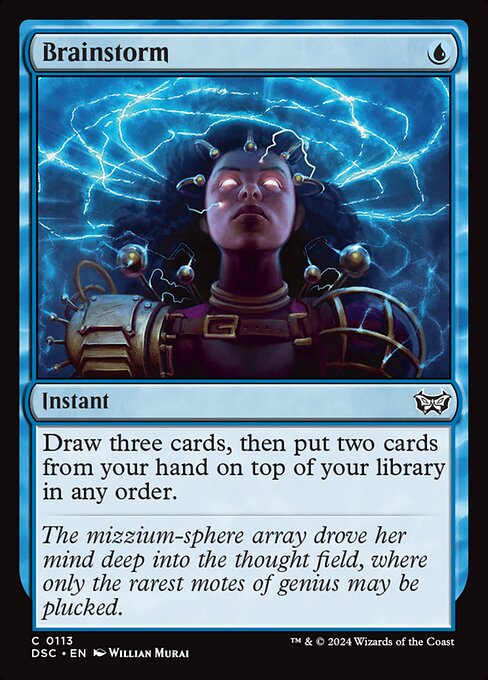

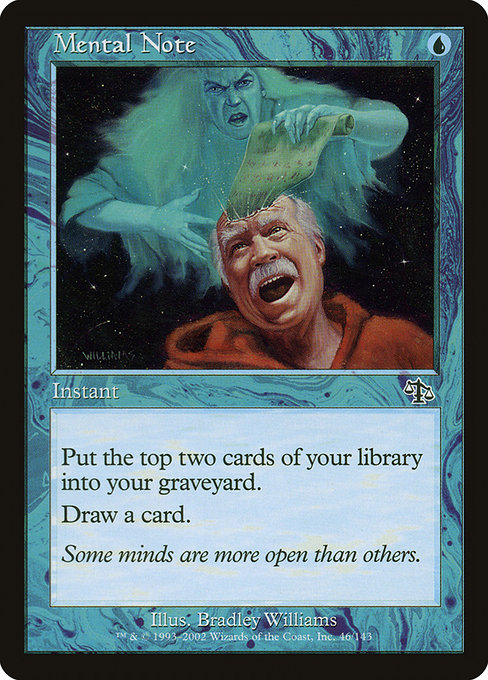
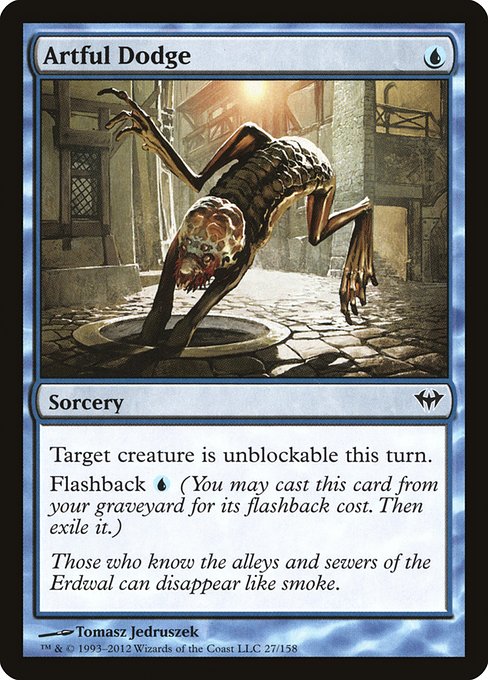


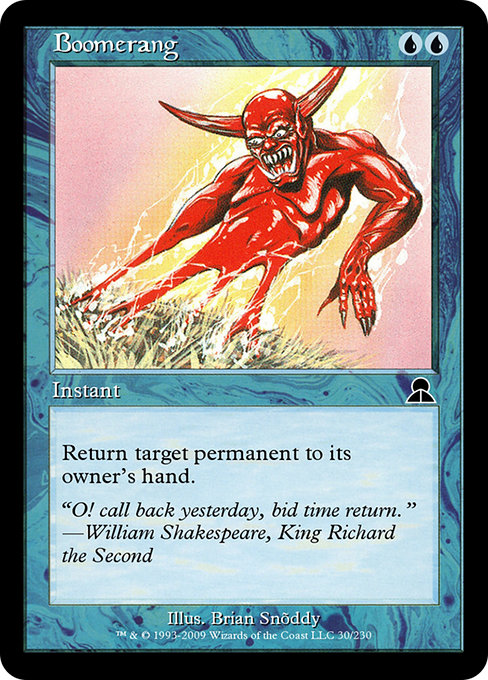

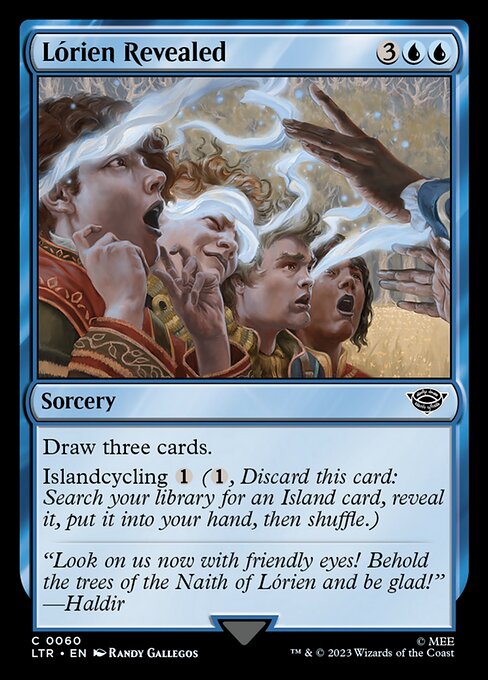
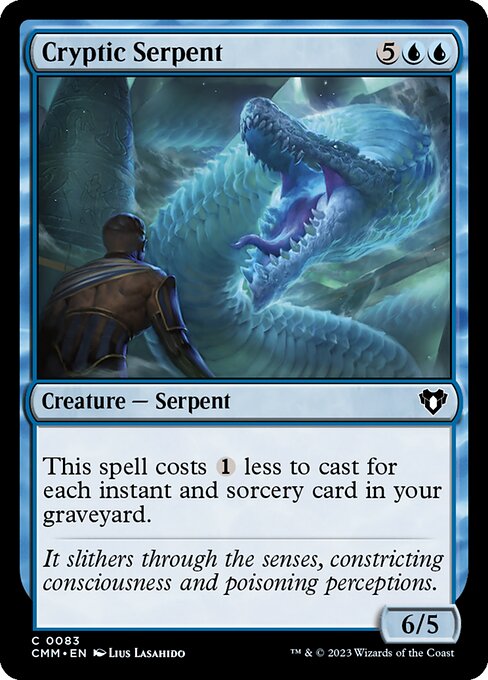
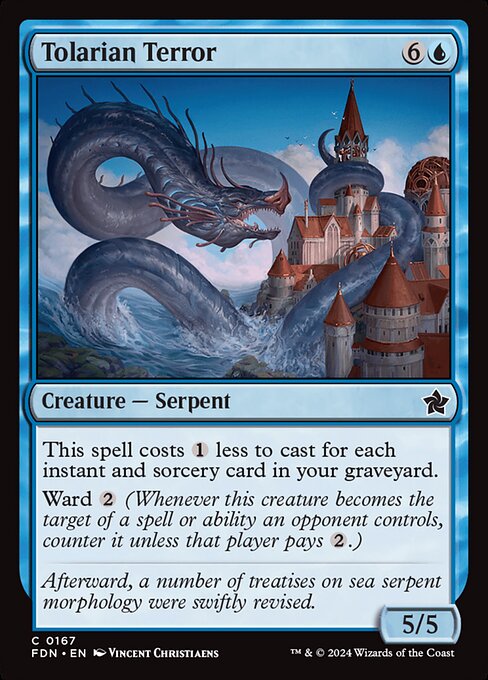
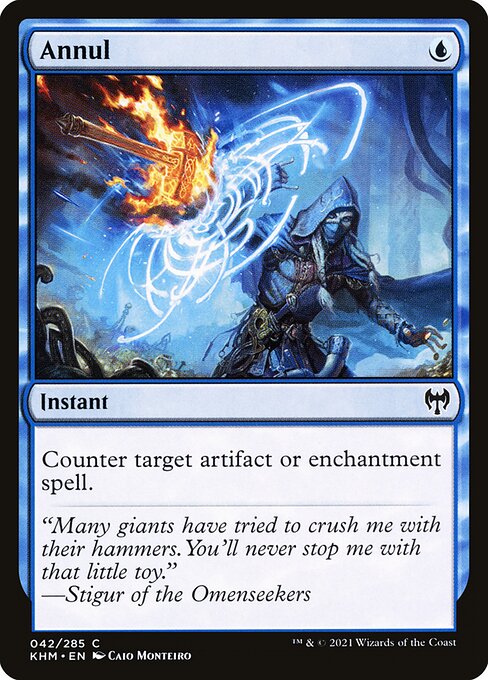
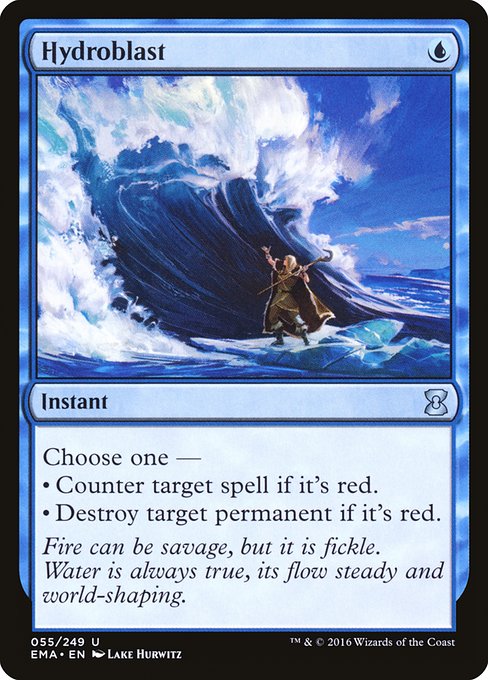
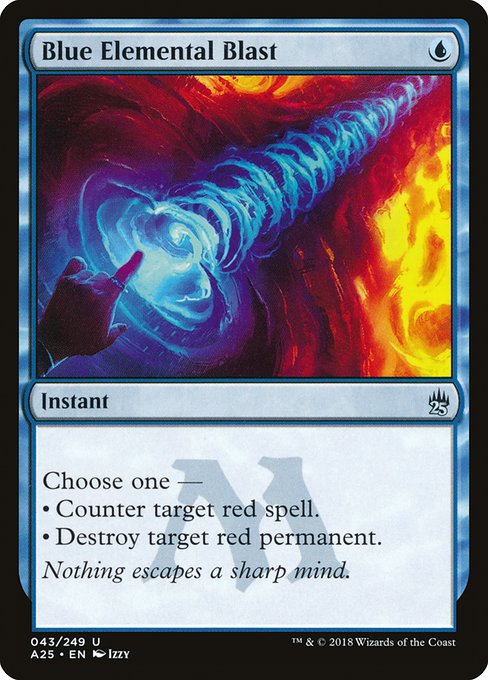
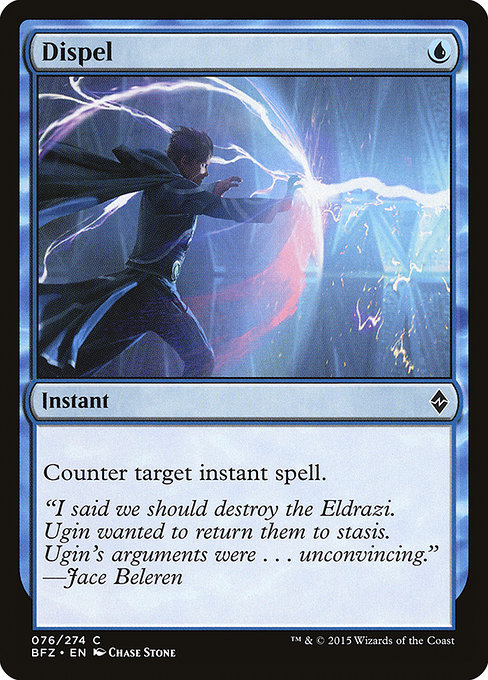
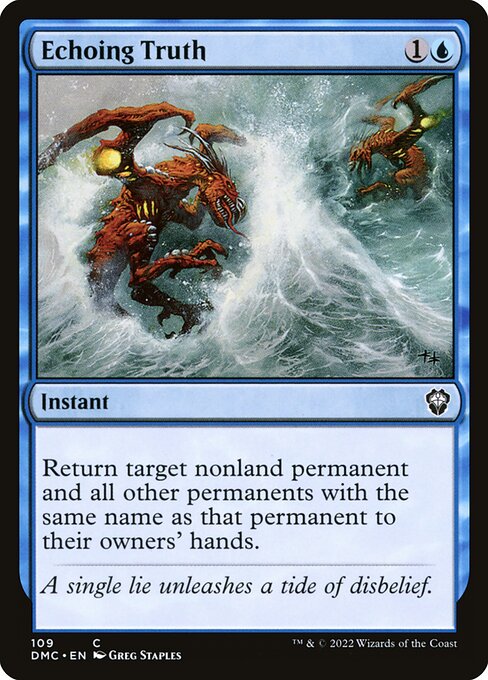

This tempo-control deck relies on cheap instants, counters, and card draw to fill the graveyard, enabling it to cast massive threats like Tolarian Terror for just a single mana. Ideal for players who enjoy outsmarting opponents with efficient plays.
Gruul Ramp

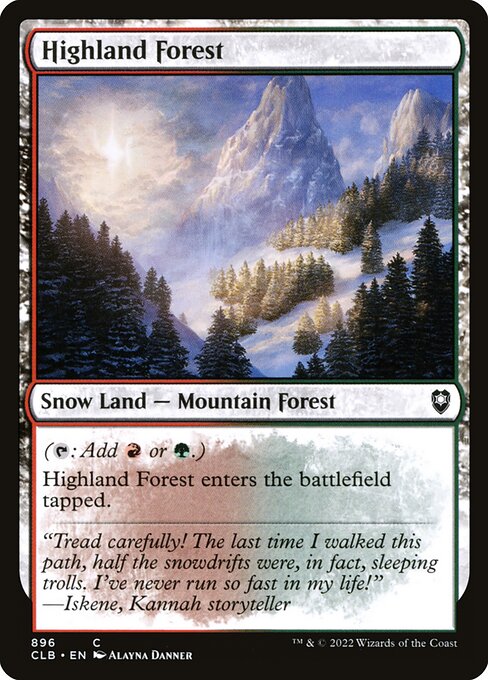

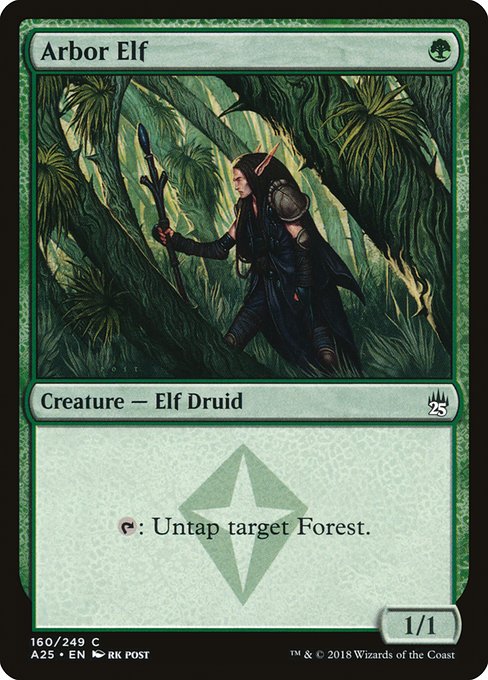
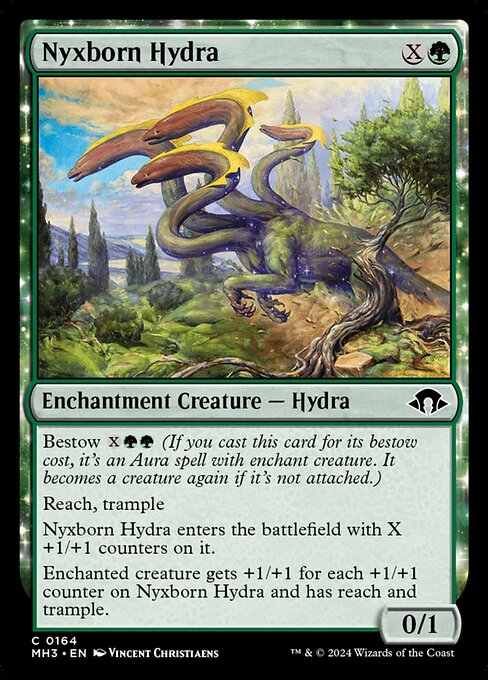
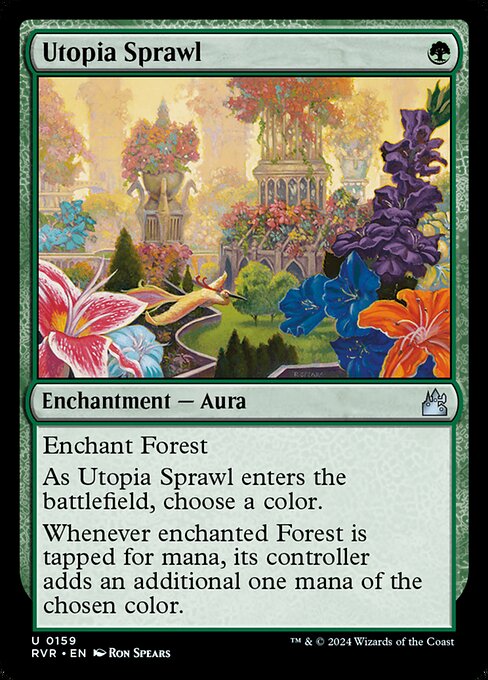
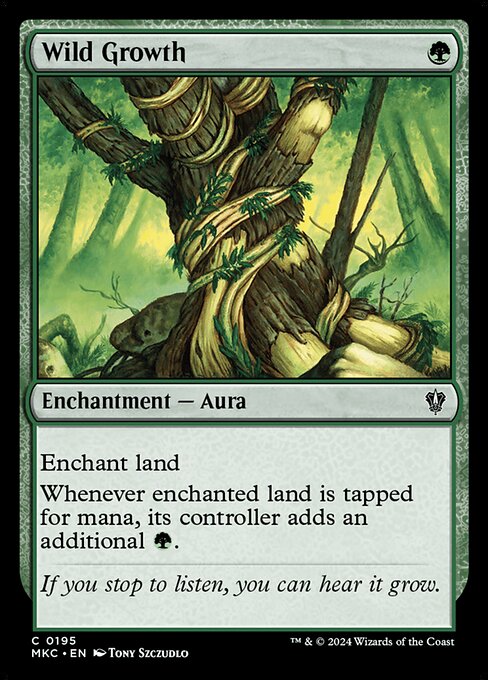

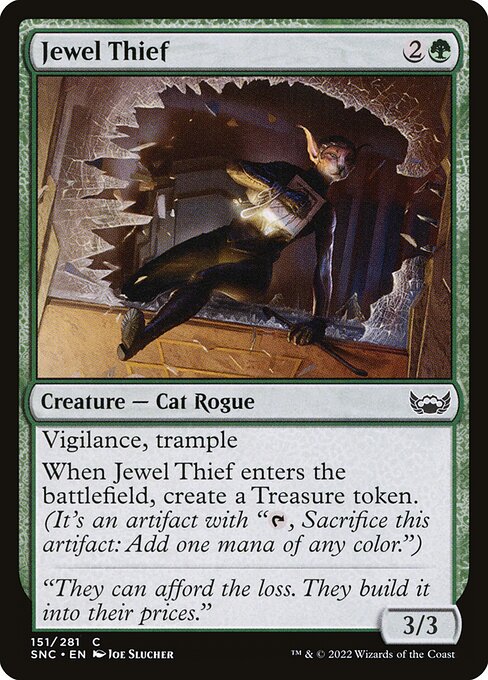
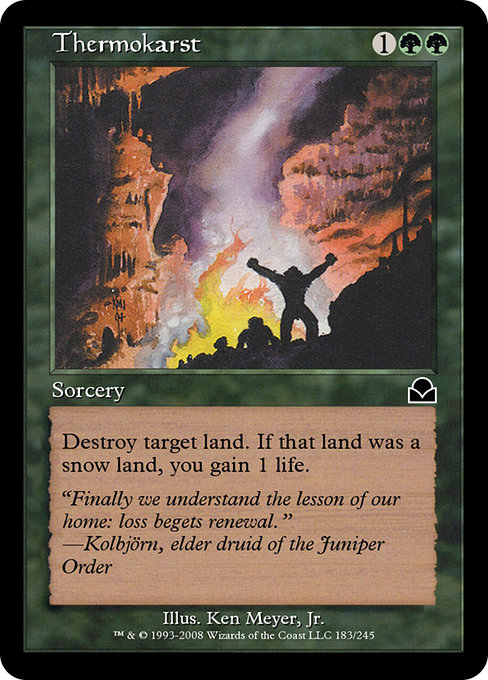
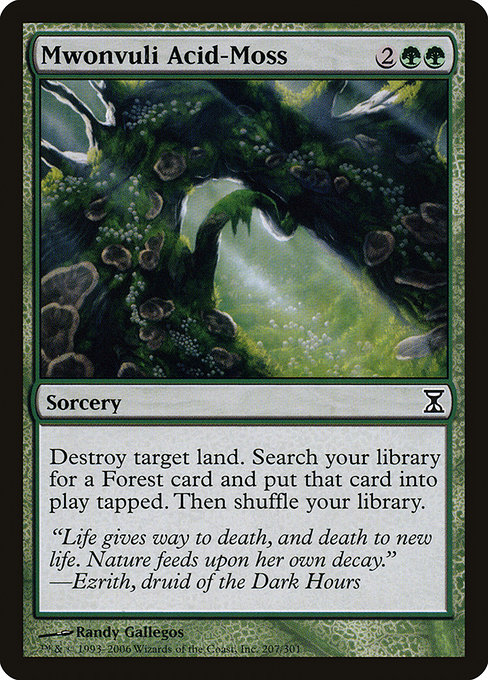
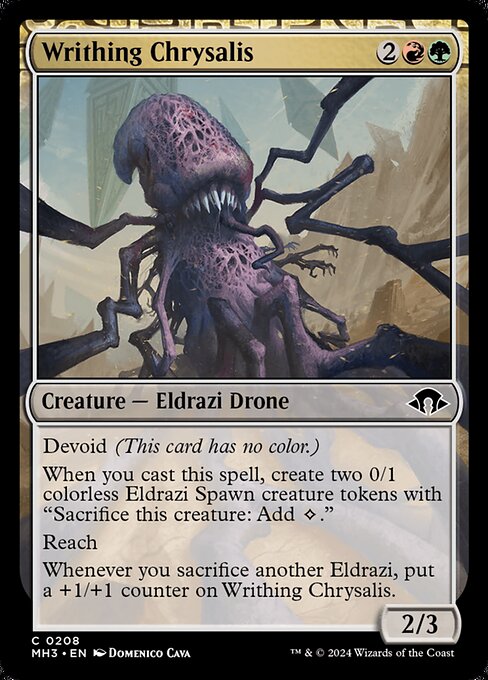

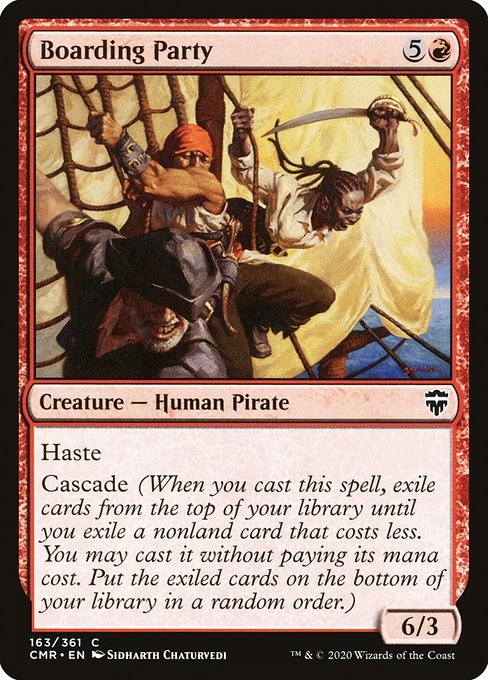
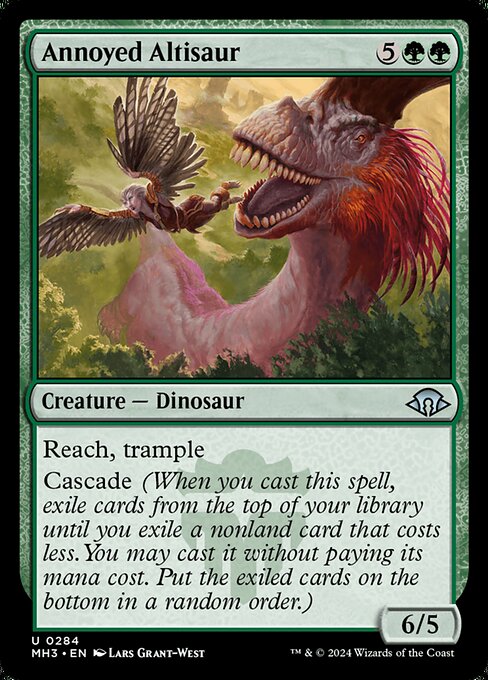

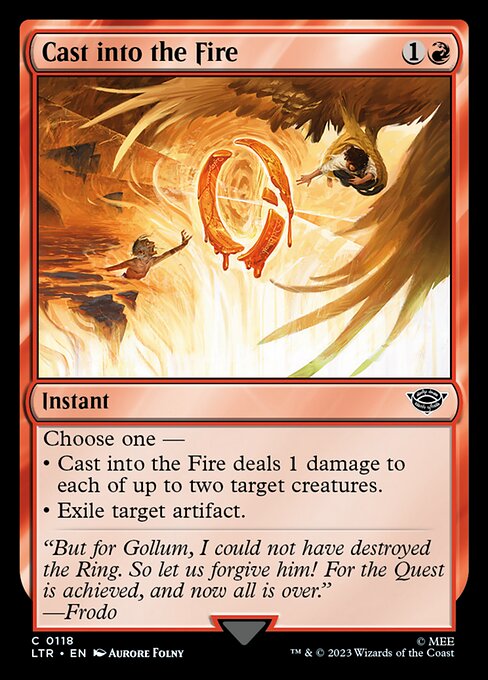

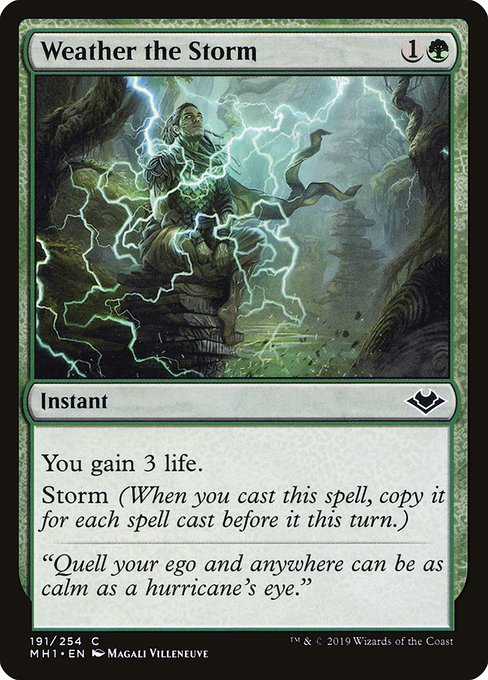

Gruul Ramp uses green mana acceleration and Big Cascade finishers that most decks can't handle. It’s great for players who love big swings and smashing through defenses.
Grixis Affinity

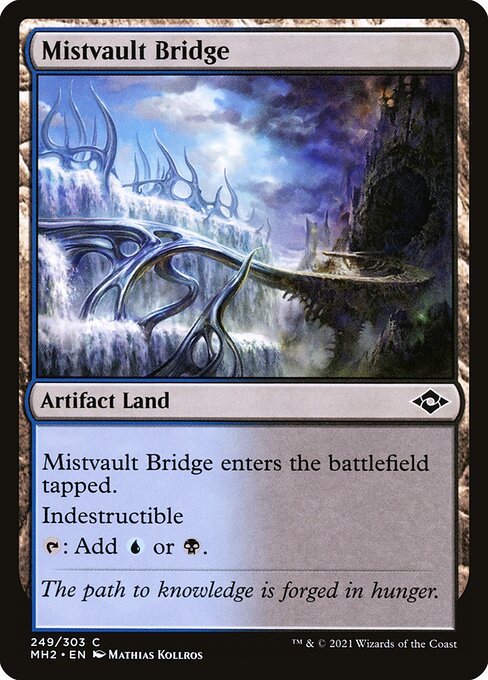


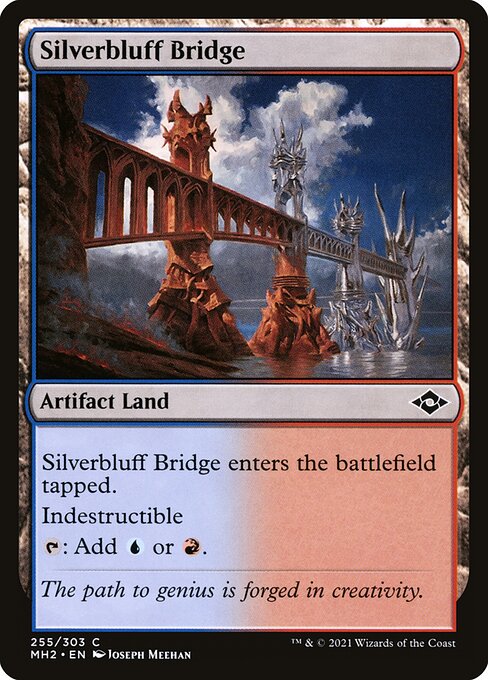
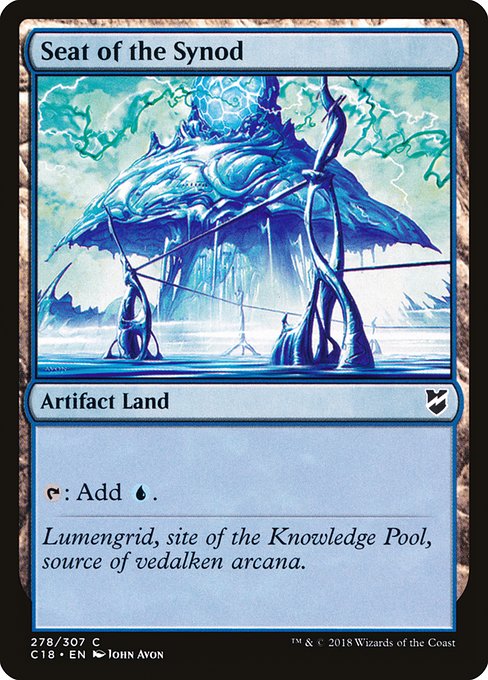
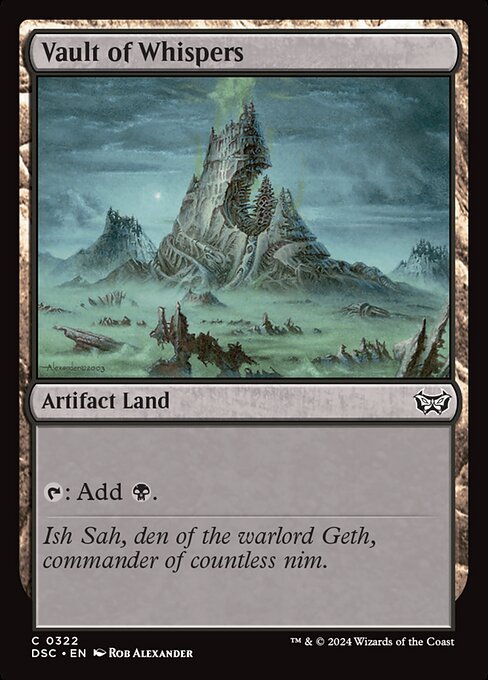
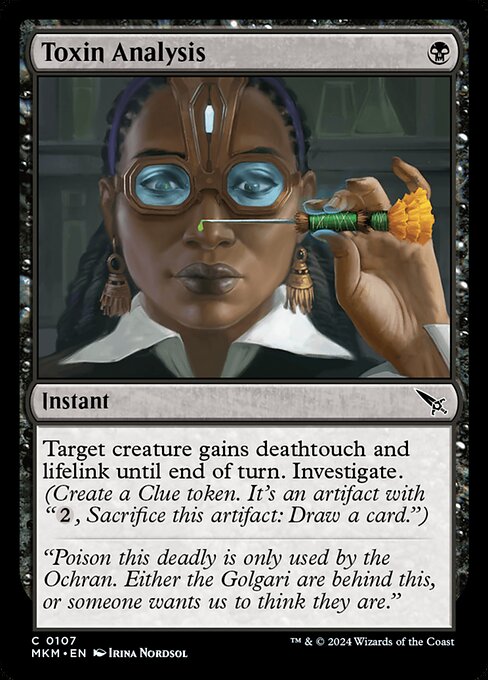
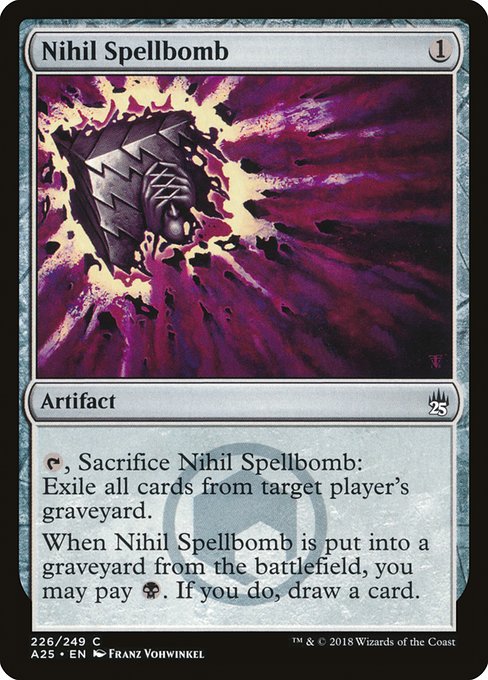
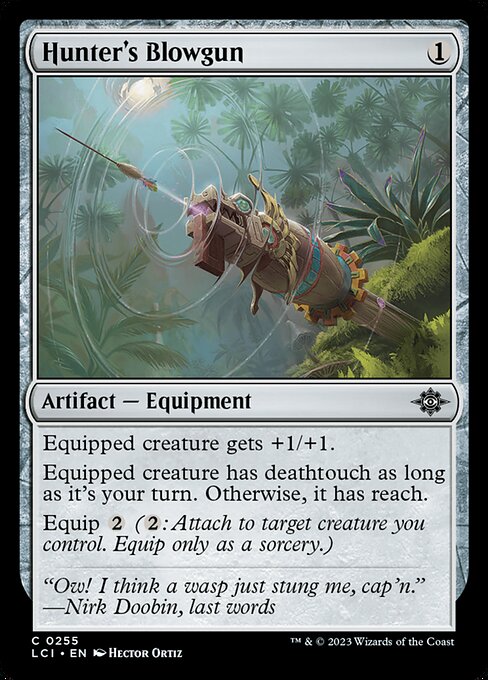
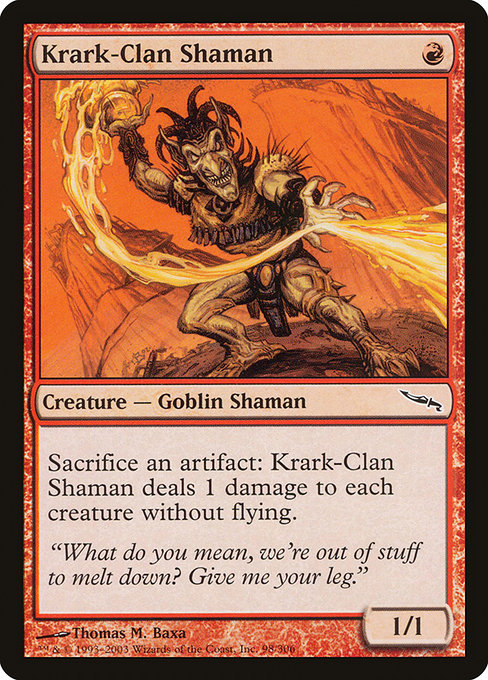
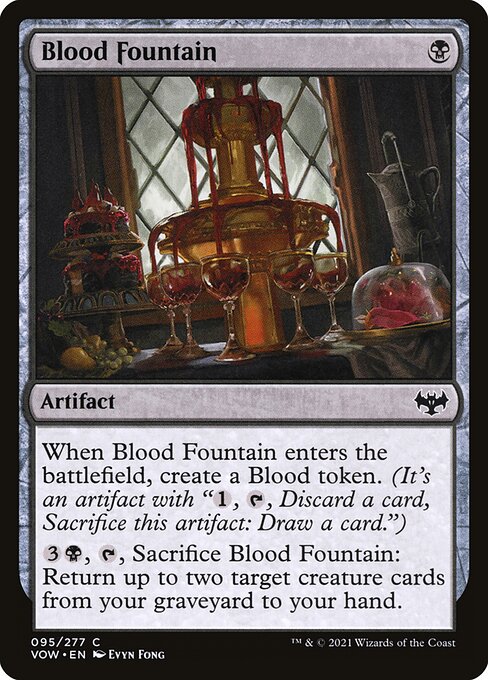

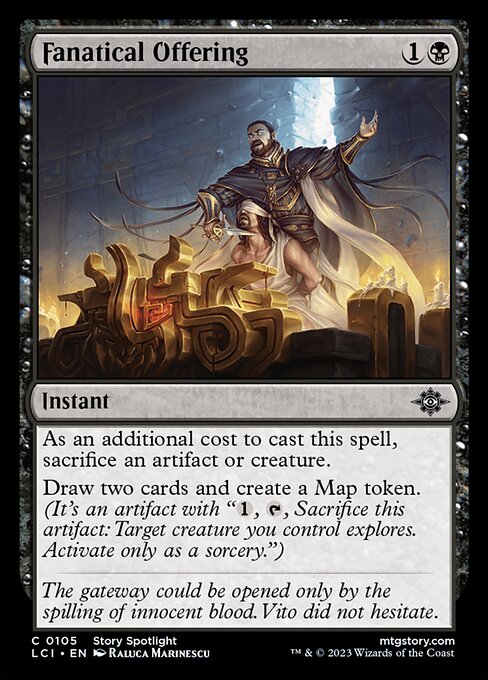

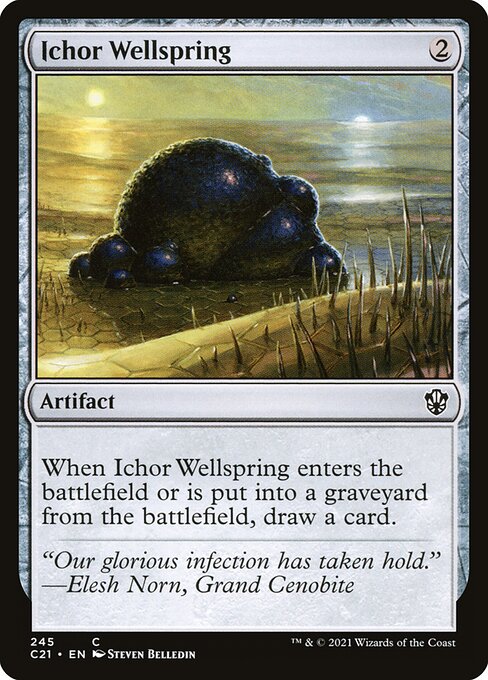
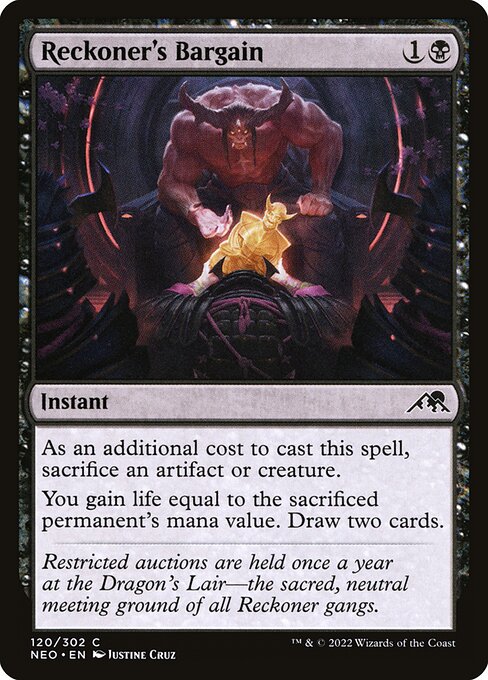

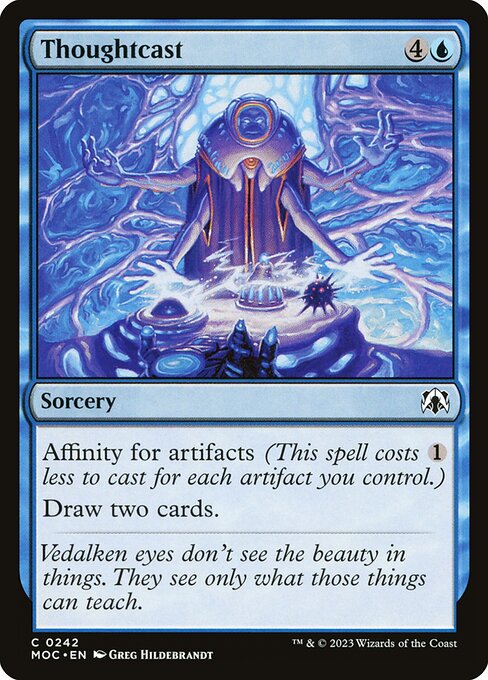
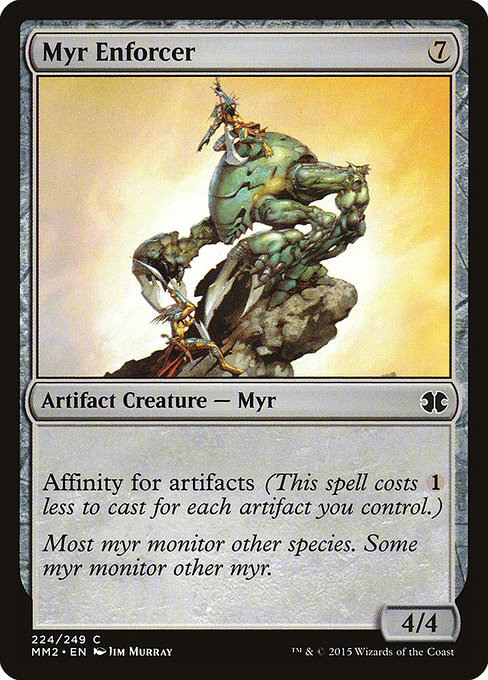





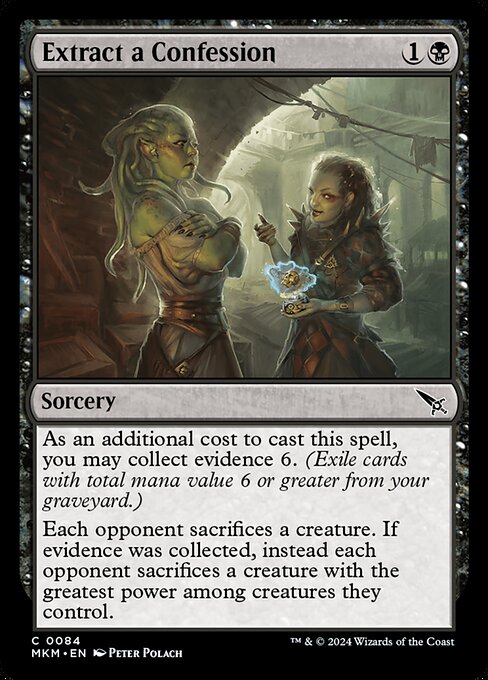
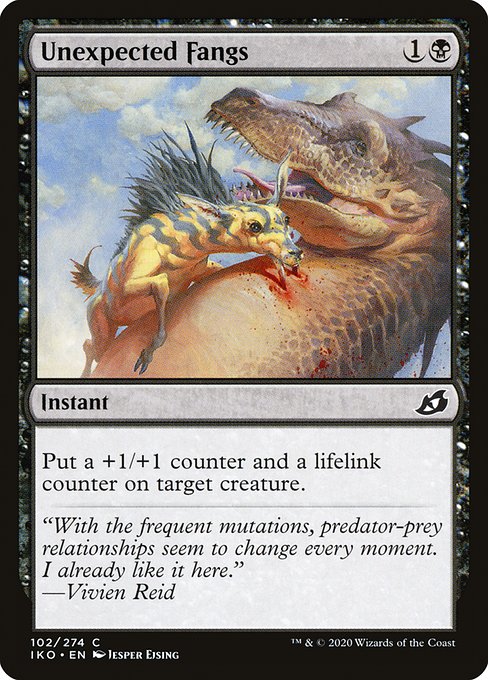

This artifact-heavy deck blends blue card draw, black removal, and red interaction while taking advantage of cost-reduction from affinity. It rewards careful sequencing and synergy-minded play.
Bogles
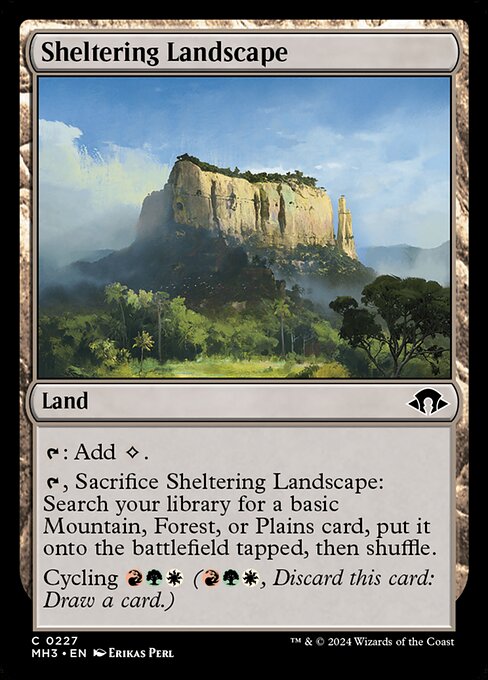


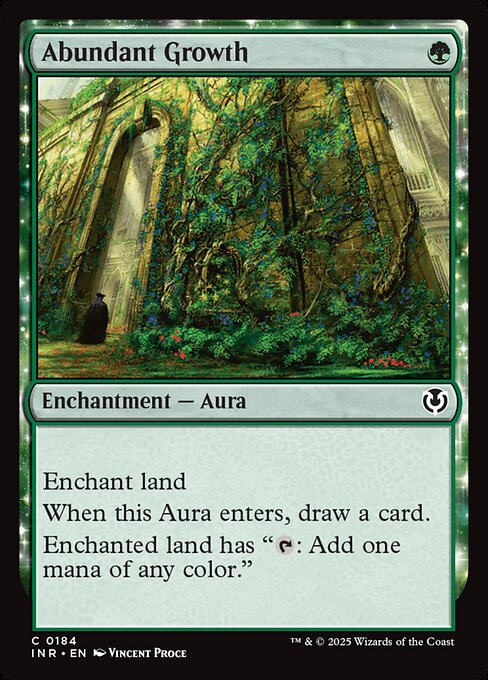

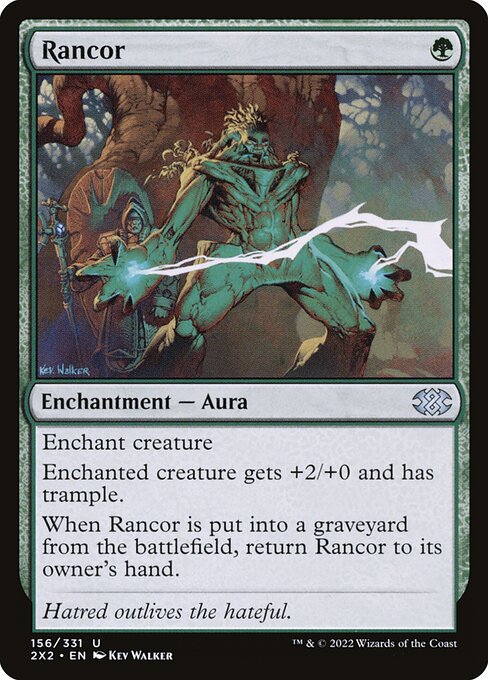

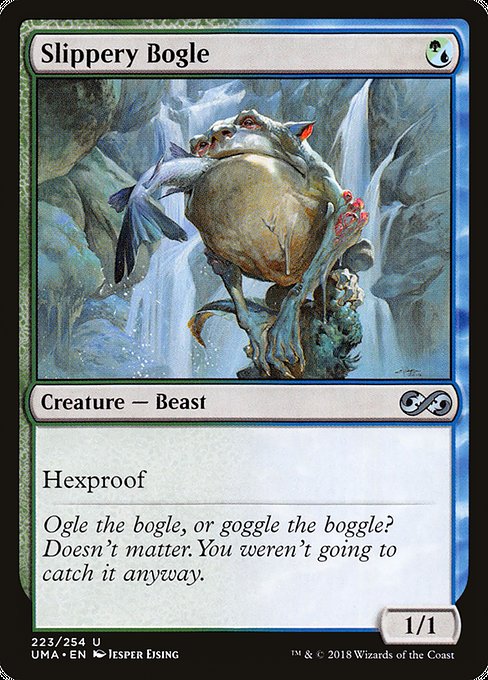


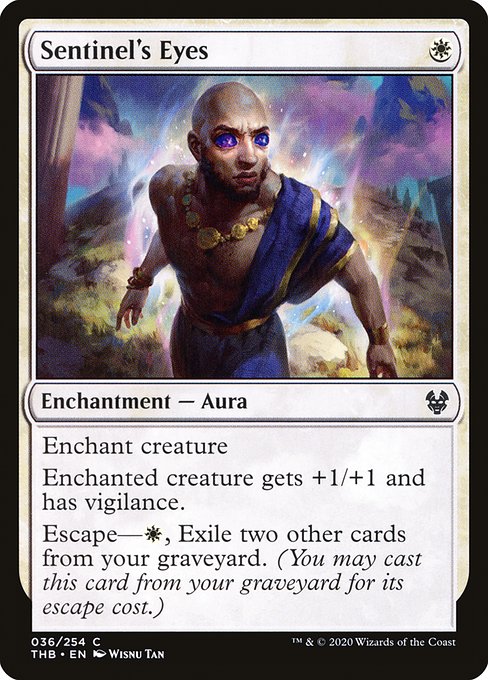

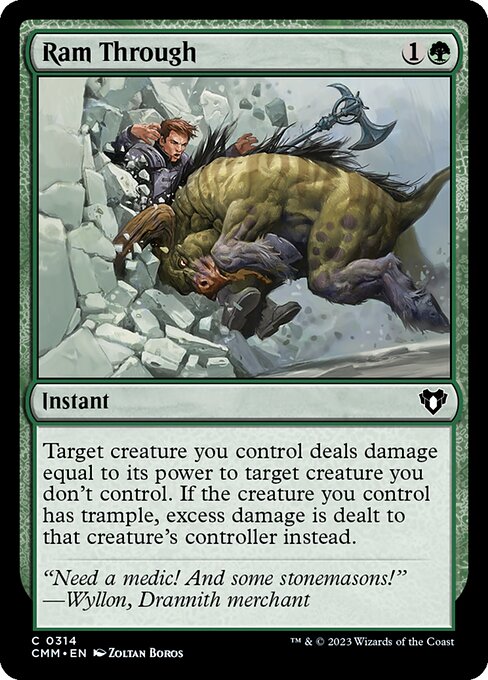
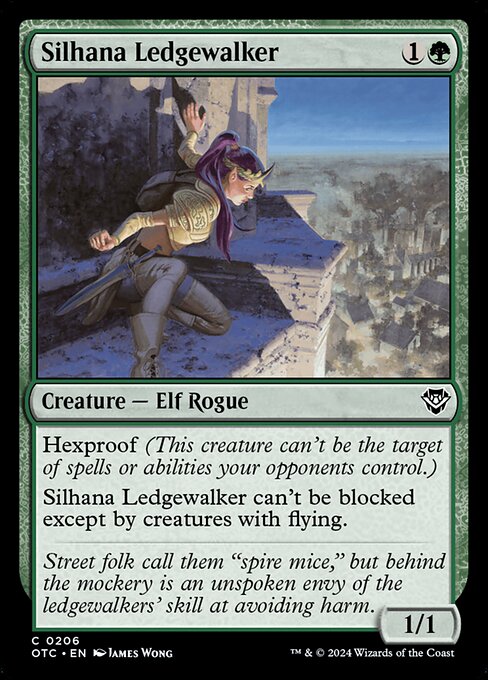
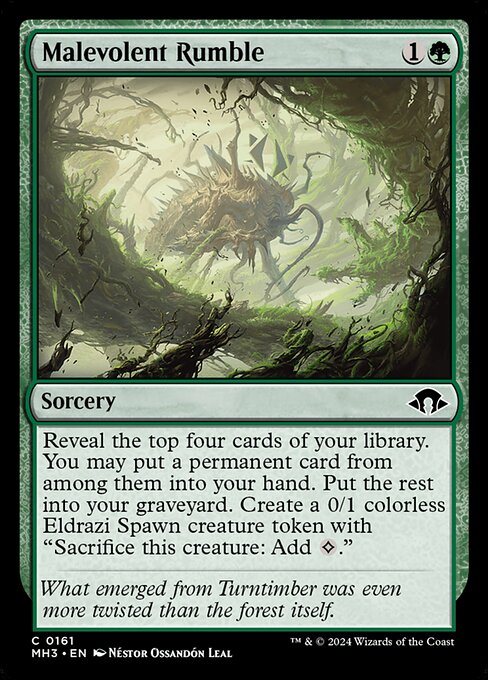
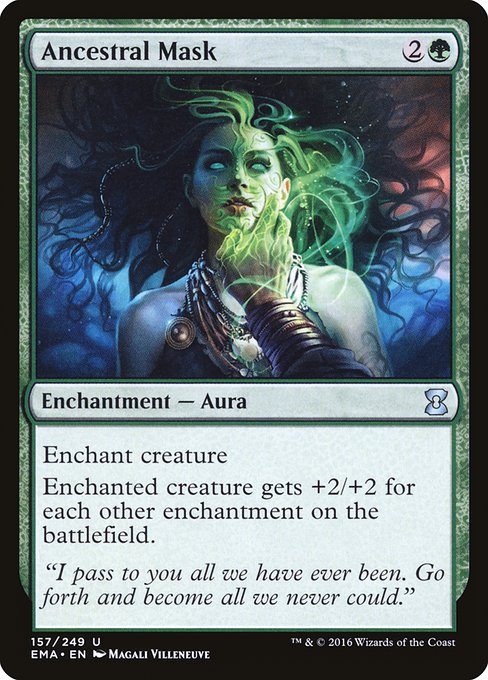
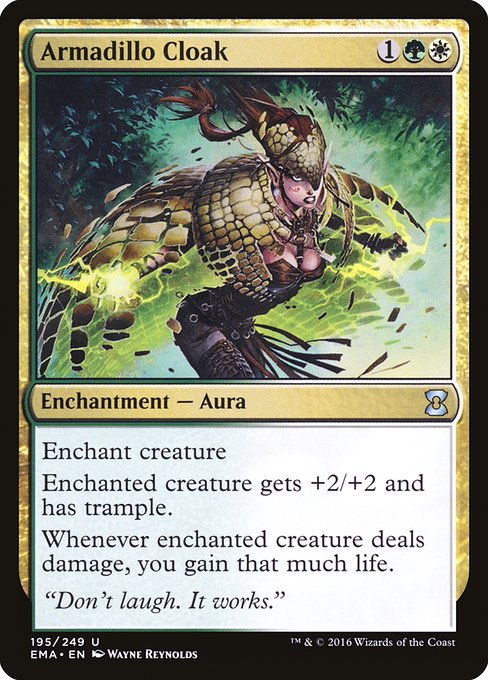

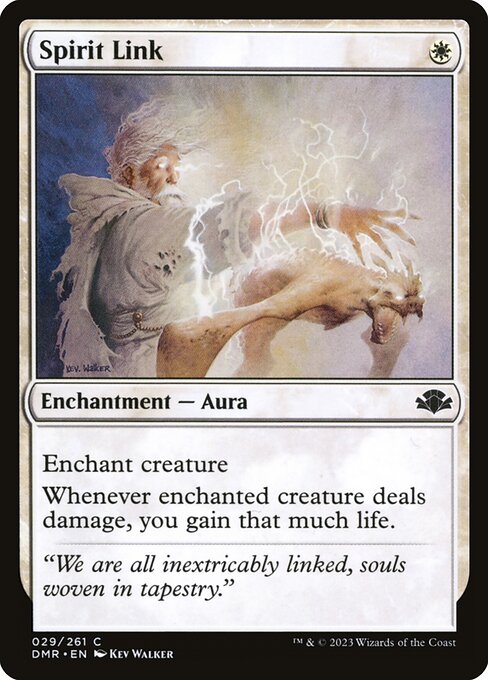

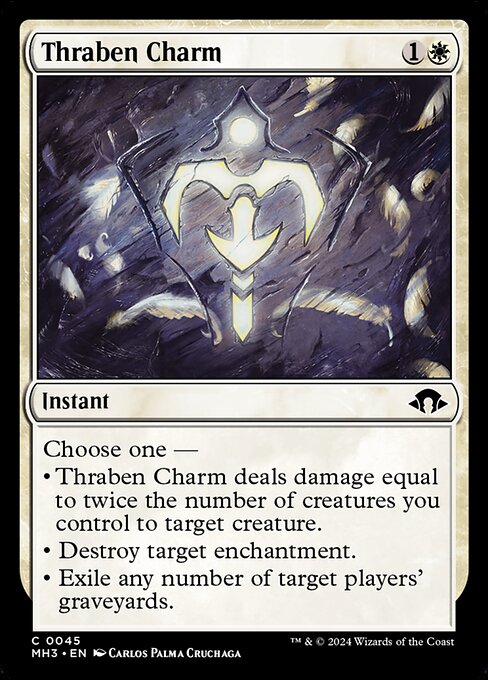

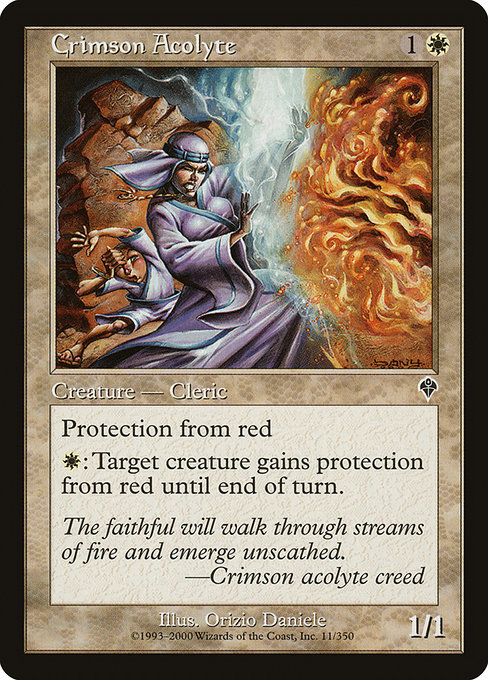
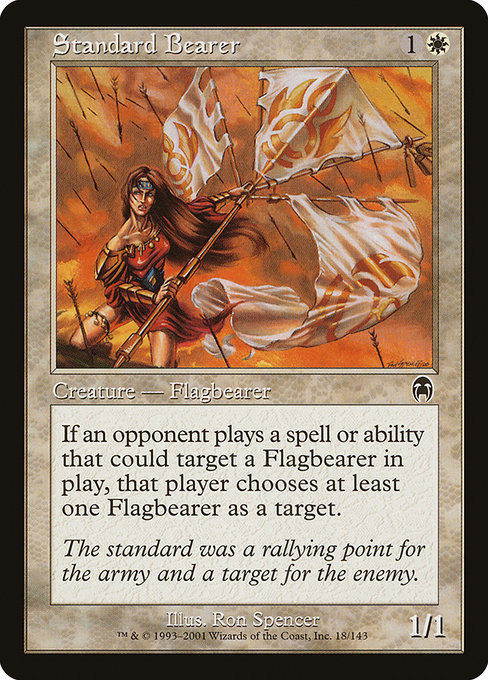
Bogles is a hexproof aura deck that builds up an untouchable threat using cheap enchantments. It’s a great choice for players who enjoy suiting up a single creature and going all-in.
Elves

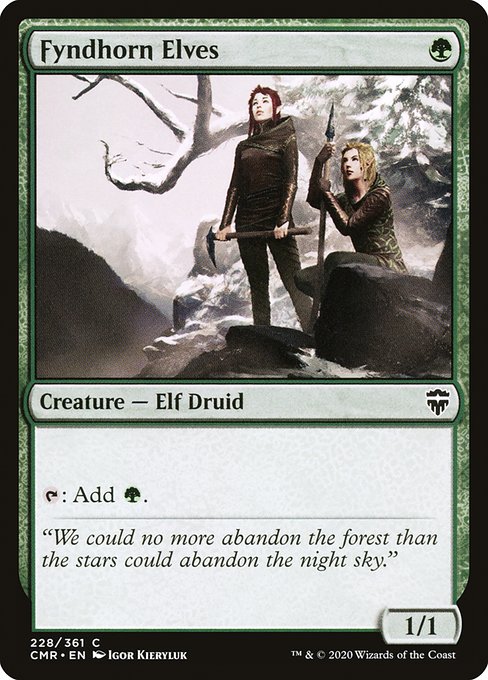

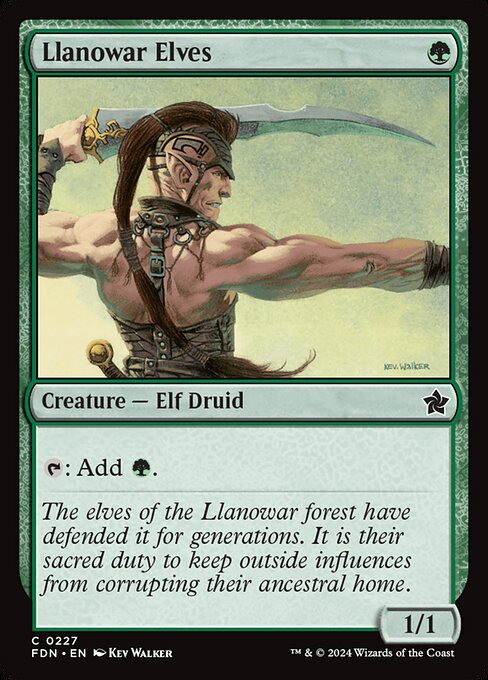


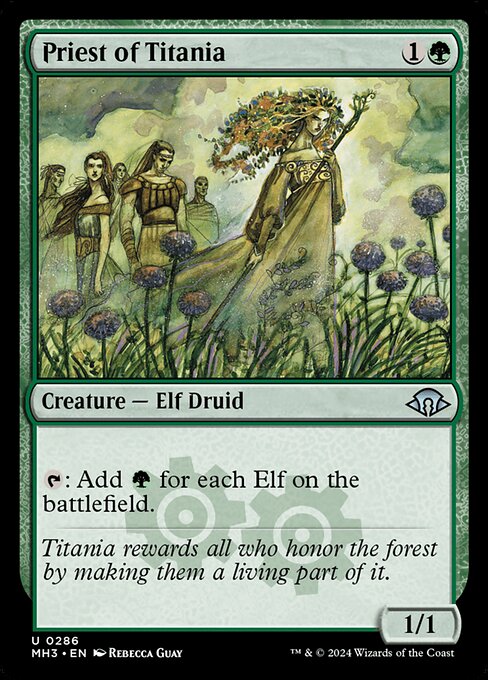



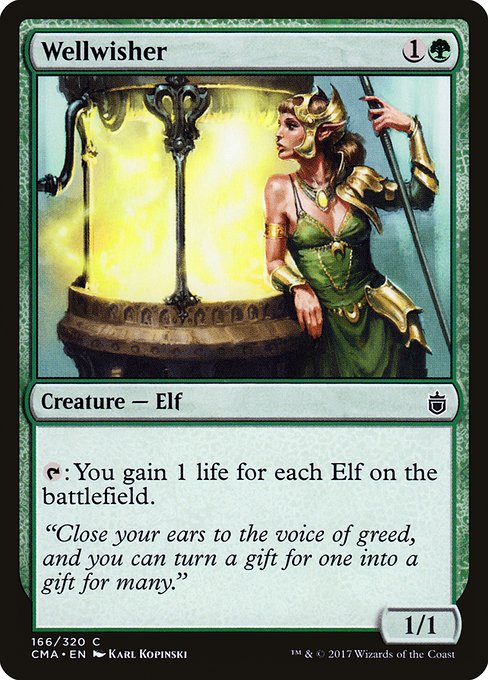
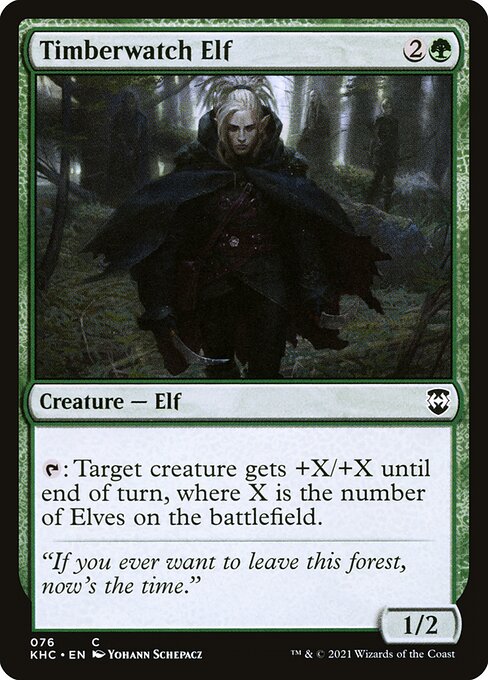



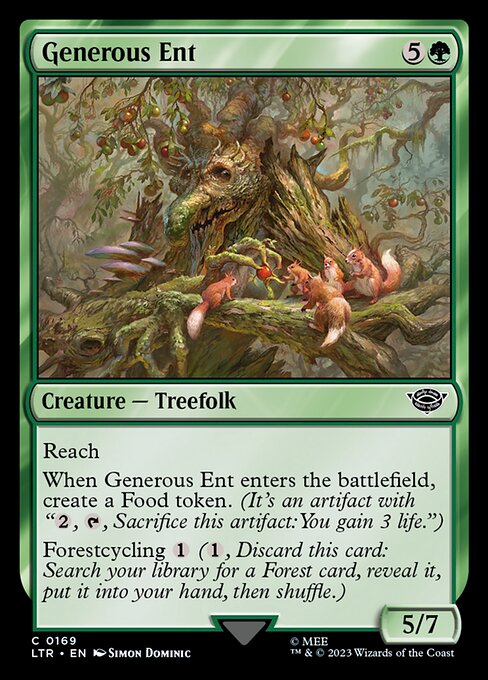
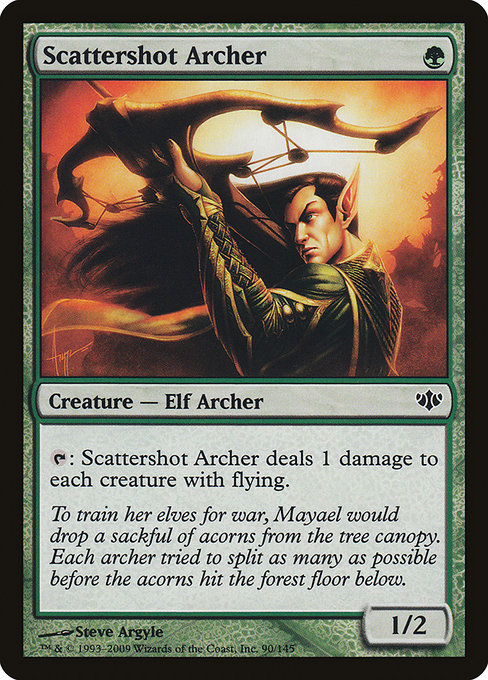
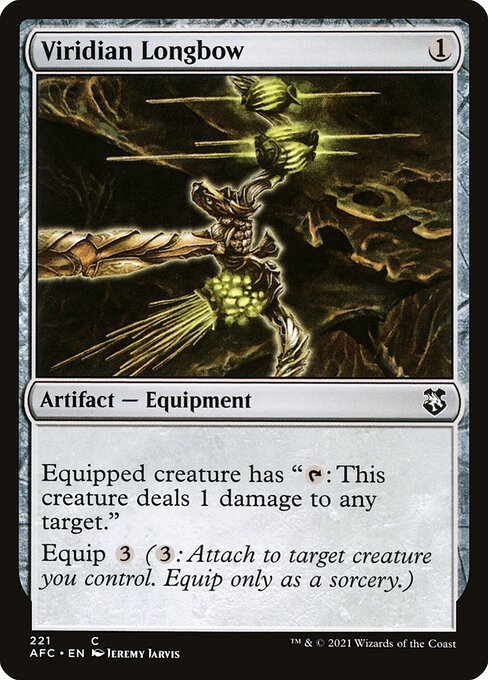


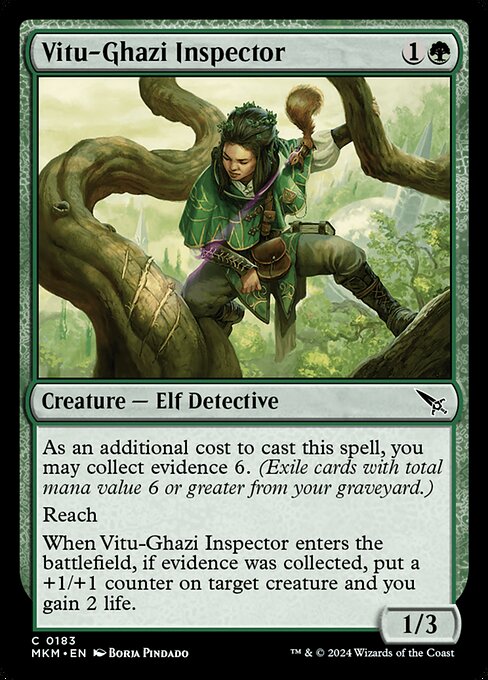

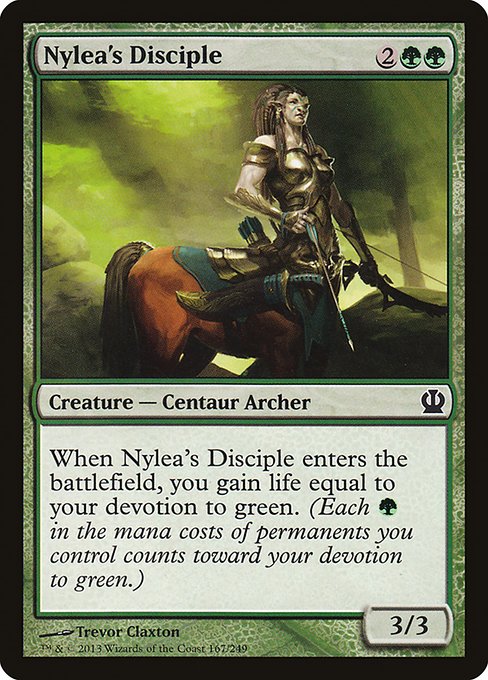
Elves flood the board with cheap, synergistic creatures that ramp mana and grow stronger together. This deck excels at overwhelming opponents with sheer numbers and explosive turns.
Best Storage Options for Your Battlebox
As far as storage options go, there are plenty out there, but I want to highlight the ones I think offer the best value. These picks aren’t sponsored—I’ve used all of them except for the last one, which looks great but I haven’t had the chance to try it yet. That said, the Amazon links use affiliate codes that help support future content if you grab something.
Fourtress 320+
This is easily the cheapest option available. The Fourtress 320+ from Gamegenic is affordable and durable, letting you store up to four double-sleeved decks at once.
The seal is very tight, and it does not feel like it's going to open. On top of that, it's easy to store in any direction, and they are naturally stackable on top of each other.
It’s perfect for packing up your favorite decks and sharing them with your Pauper playgroup or EDH group. At around $10, it’s a real bargain.
Squareos Collector’s Case
Although it might seem pricey at first, this case holds up to eight 100-card double-sleeved decks. In practice, that means you could fit sixteen 60-card decks with regular sleeves—so for the price, it could be even more cost-effective than buying four or more Fortress 320+ cases. That said, I often prefer the Fortress because sometimes you just want a smaller, cheaper option to toss in your bag. Squaroes is fantastic, but it can take up a bit more space.
Game Castle
I haven’t tested this one personally, but it looks really promising. Not only can you carry up to six full Commander decks, but there’s also room for dice, counters, and everything else you need for multiplayer sessions. It’s clearly designed with EDH groups in mind, making it an awesome choice for Pauper EDH playgroups. You could also use it as a travel case to haul around your Pauper Battle Box.
Wrap Up
As you can see, there are plenty of deck options for your battle box and various ways to carry them, but ultimately, pick what fits your needs. If you just need to toss as many decks as possible into your box, building them without sideboards will save you slots. That said, if you want full practice sessions, go ahead and include sideboards—just keep in mind that cards like [card]Relic of Progenitus[/card] or [card]Hydroblast[/card] can get pricey.
Thanks for reading!



.jpg)

.jpg)
.png)
.webp)

.webp)

.jpg)
Excellent article, and it convinced me to just buy the sample lists to start my own pauper battlebox.
ReplyDeleteIf i wanted to extend the box more than the 6 decks in the article, do you have any suggestions for what decks it could be?
Beyond the core archetypes, its all about adding other strategies that feel different. For example, Walls is prety similar to Elves, so I would just stay with one of them. However, mono red burn vs mono red dredge plays very different, and so.
ReplyDelete